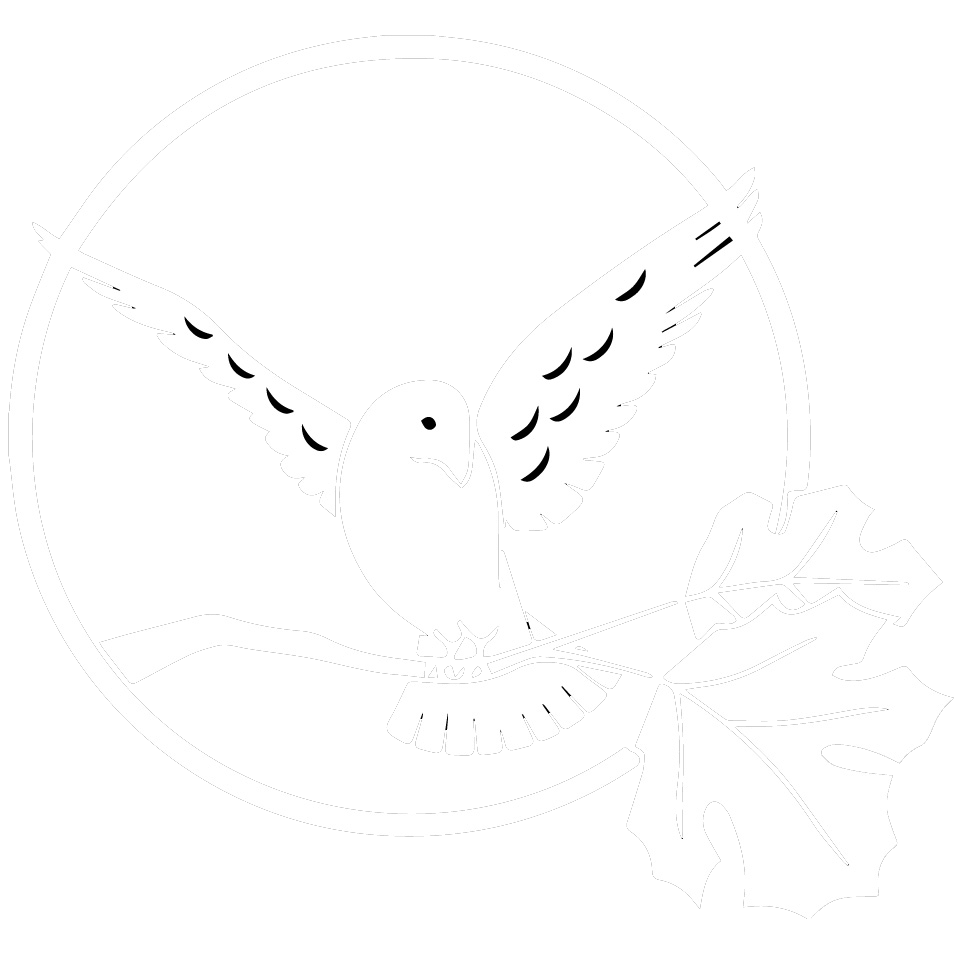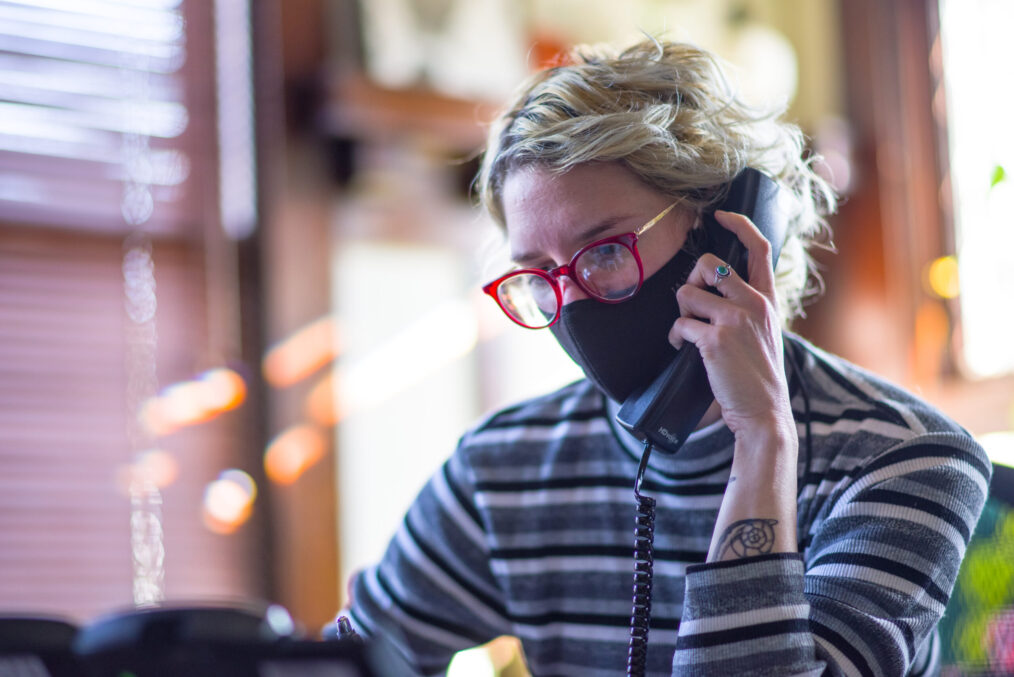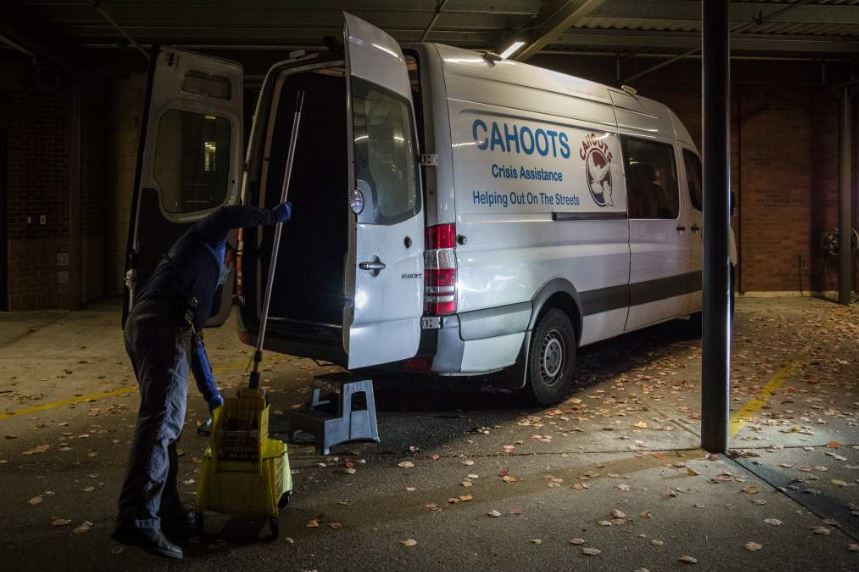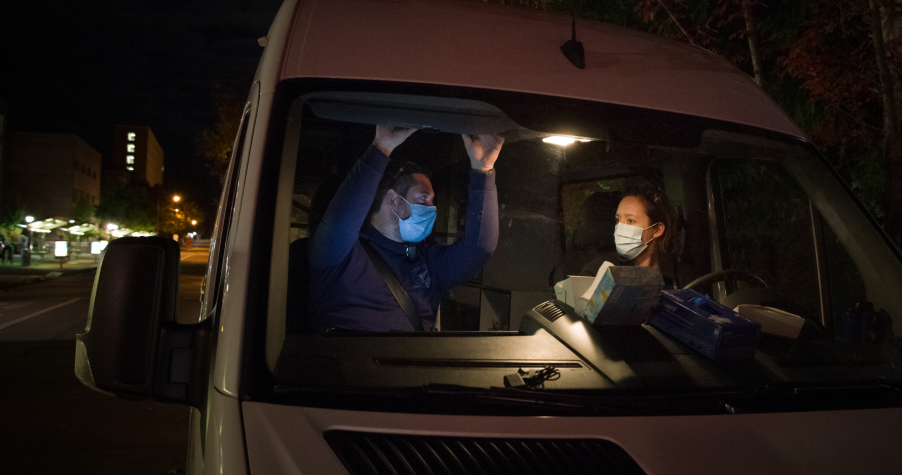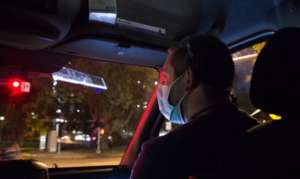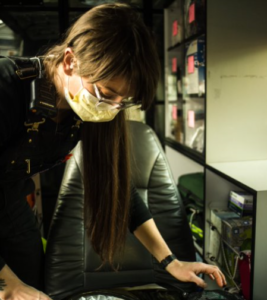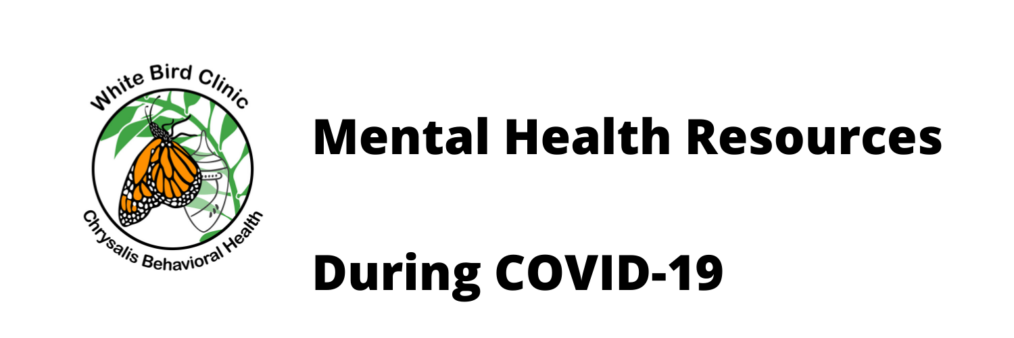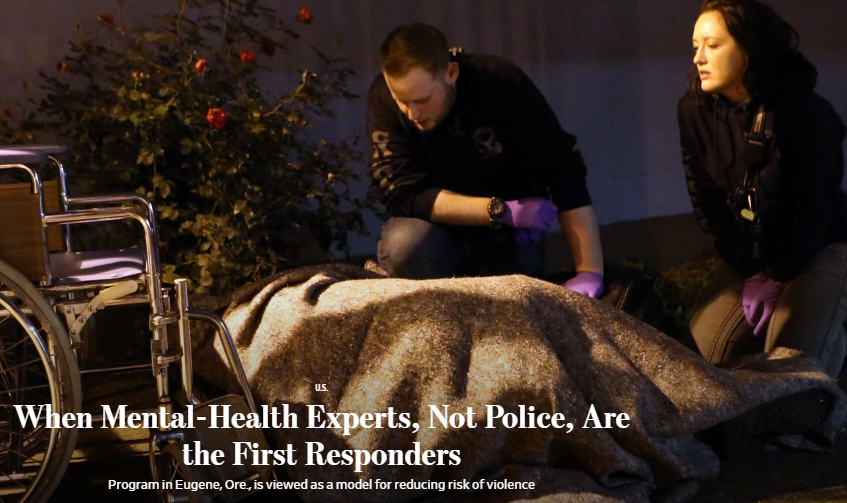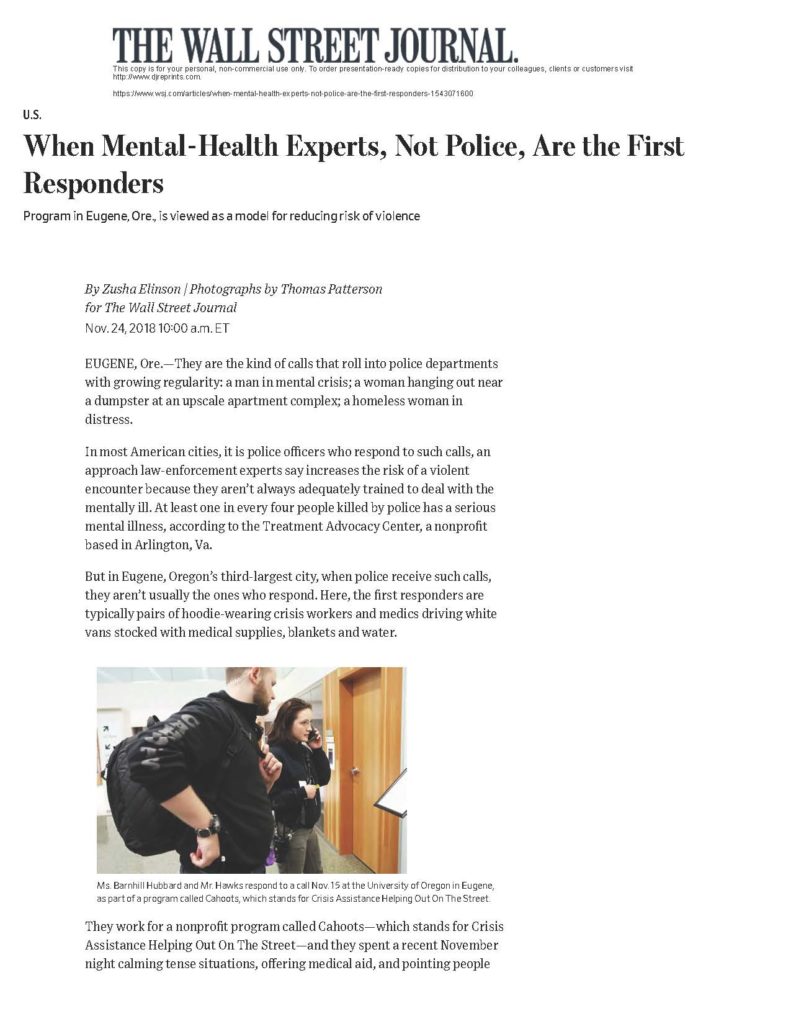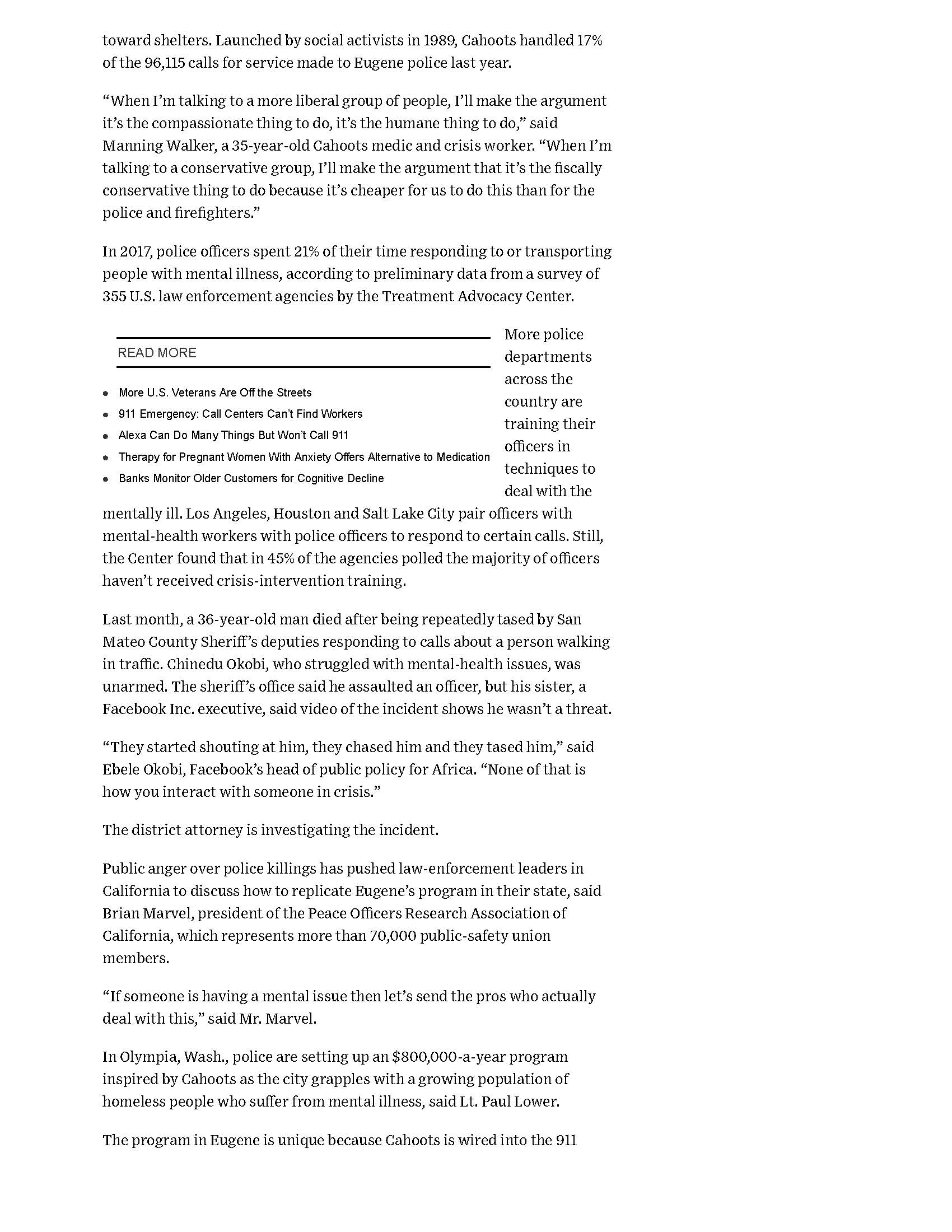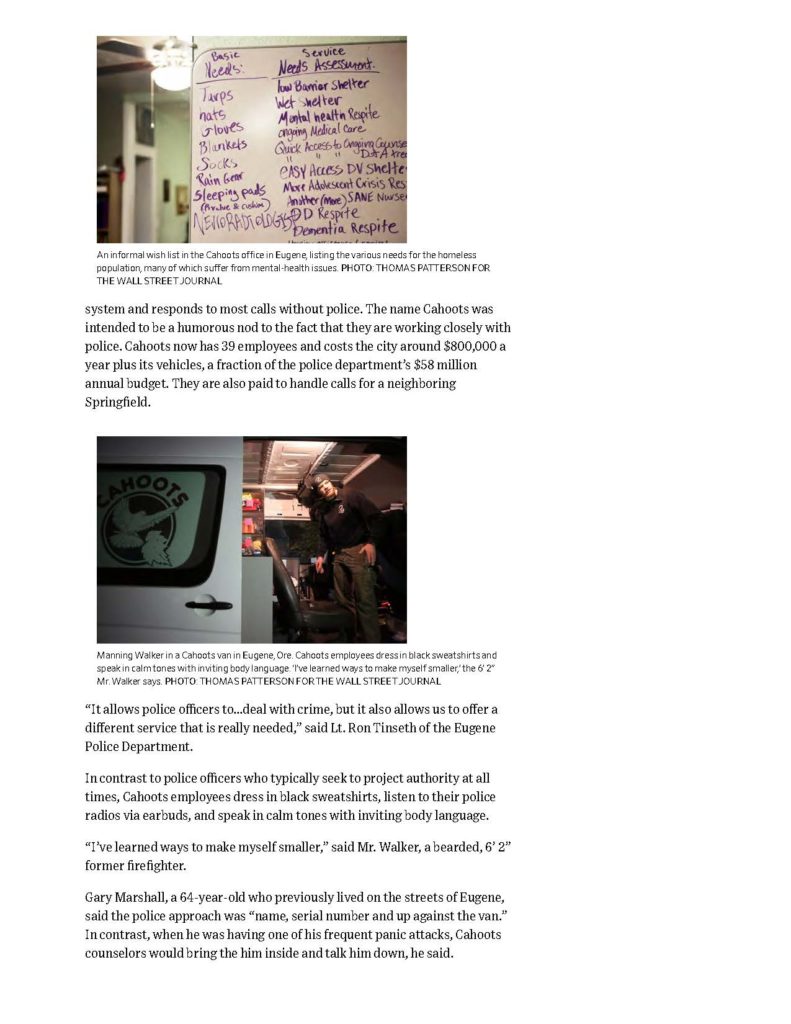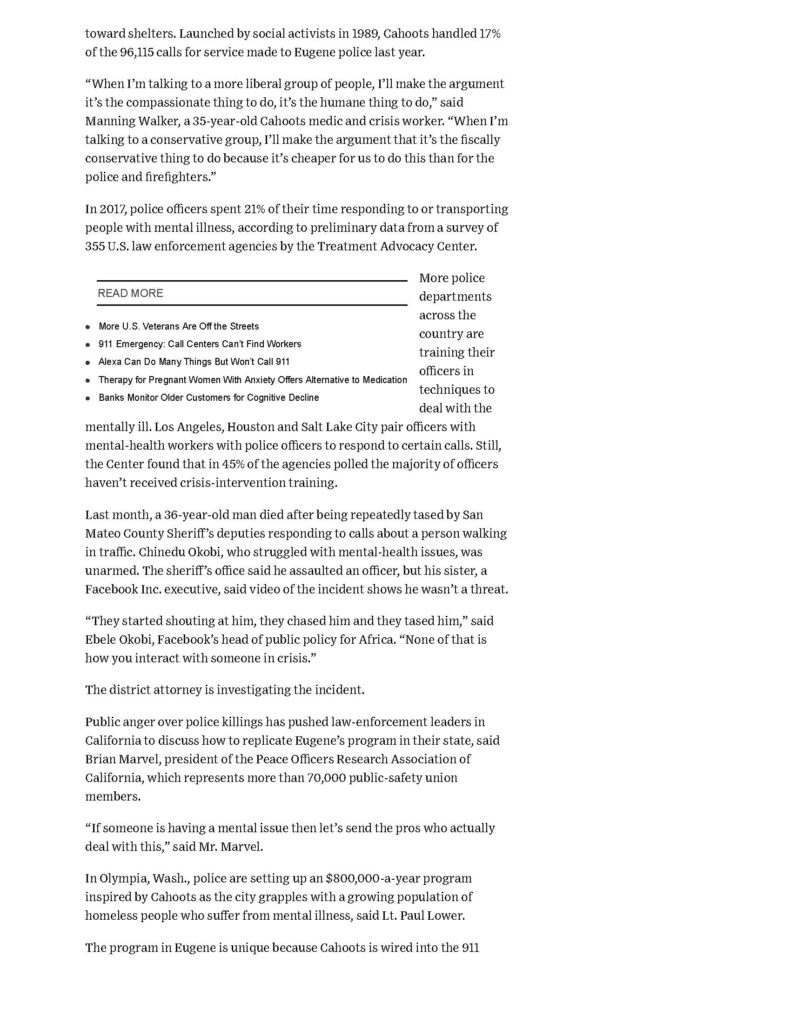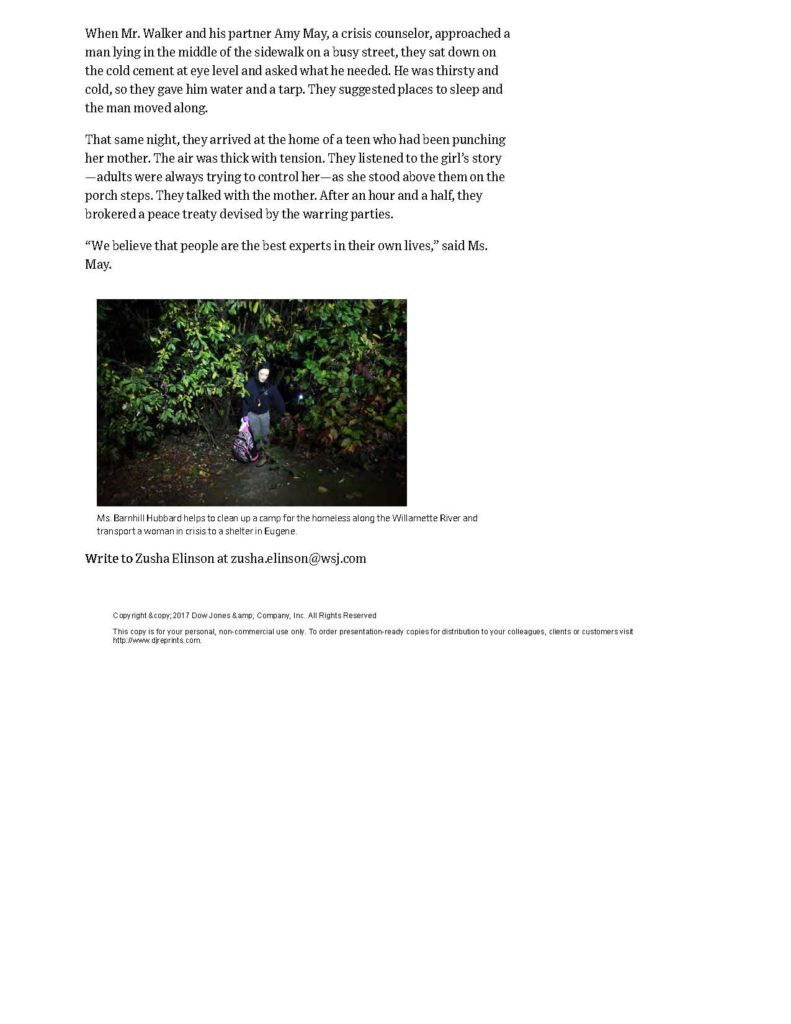Responding to someone in crisis can be difficult, and knowing someone is suicidal can be scary, especially when we’re not sure how to respond. For many of us, our natural reactions to crisis can quickly escalate a situation and make things worse. That’s why professional crisis workers seek out training and practice crisis intervention strategies so that they’re prepared to navigate a crisis situation and offer support. When we develop a plan for offering support in crisis situations, it is more likely we will not go into crisis ourselves when assisting someone.
Often, for those experiencing suicidal thoughts, help can be as simple as having someone to talk to. For many, social isolation, history of trauma, mental health issues, or belonging to historically oppressed groups can lead to periods of suicidal ideation. But how do you know if someone is experiencing suicidal ideation? Often there may be signs of suicidal thoughts or behaviors.
Some warning signs of suicidal ideation can include:
- Threatening to hurt or kill oneself
- Seeking access to means to hurt or kill oneself
- Talking, thinking or writing about death, dying or suicide
- Increased use of alcohol or drugs
- Withdrawing from family, friends or society
- Showing rage or talking about seeking revenge, appearing agitated or angry
- Talking about feeling empty, hopeless, or having no reason to live, or being a burden to others
- Making a plan or looking for a way to kill themselves, such as searching online, stockpiling pills, or buying a gun
- Talking about great guilt or shame
- Feeling unbearable pain (emotional pain or physical pain)
- Acting recklessly or engaging in risky activities that could lead to death, such as driving extremely fast
- Giving away important possessions
If these warning signs apply to you or someone you know, get help as soon as possible, particularly if the behavior is new or has increased recently. Suicidal ideation is complex and there is no single cause, people of all genders, ages, and ethnicities can be at risk. In fact, many different factors contribute to someone making a suicide attempt. But people most at risk tend to share certain characteristics known as risk factors.
Often, family and friends are the first to recognize the warning signs of suicidal ideation and can be the first to assist in reaching out and getting help. Showing someone who may be experiencing a crisis that you care can make a world of difference in their life. Know how to start the conversation. Know how to ask, “Are you suicidal?” Know how to say, “I’m here for you,” and really mean it. Be aware of resources available in your community like the White Bird Crisis Line, CAHOOTS Mobile Crisis Services or the Help Book.
Risk Factors vs. Protective Factors
Characteristic and attribute that reduce the likelihood of attempting or completing suicide are known as Protective Factors. They are skills, strengths, or resources that help people deal more adequately with stressful events. Protective Factors enhance resilience and help to counterbalance Risk Factors.
Protective Factors:
- Effective clinical care for mental, physical, and substance abuse disorders
- Easy access to a variety of clinical interventions and support for help seeking
- Family and community support (connectedness)
- Support from ongoing medical and mental health care relationships
- Skills in problem solving, conflict resolution, and nonviolent ways of handling disputes
- Cultural and religious beliefs that discourage suicide and support instincts for self-preservation
Risk factors impact our ability to manage high stress situations. Being aware of these factors can assist if you are in crisis or helping someone in crisis.
Risk Factors:
- Being exposed to others’ suicidal behavior, such as that of family members, peers, or celebrities
- Depression, other mental disorders, or substance abuse disorder
- Certain medical conditions
- Chronic pain
- A prior suicide attempt
- Family history of a mental disorder or substance abuse
- Family history of suicide
- Family violence, including physical or sexual abuse
- Having guns or other firearms in the home
- Having recently been released from prison or jail
Suicidal thoughts can come on at any time like a tidal wave. Like a tidal wave, suicidal thoughts can leave a wake of destruction in their path. It is important for someone experiencing these strong thoughts and emotions to have an anchor during one these episodes. Suicidal ideation can make it seem like death is the only way out in that moment. Our rational mind may not be able to see any other solution when amid suicidal ideation. If we can help someone ride out the wave until they receive professional help, the likelihood of suicide is greatly reduced. Below are 10 steps to assist you in helping someone in crisis.
Ten Steps to Help a Person in Crisis
Step 1. Encourage the person to communicate with you.
Step 2. Be respectful and acknowledge the person’s feelings.
Step 3. Don’t be patronizing or judgmental.
Step 4. Never promise to keep someone’s suicidal feelings a secret.
Step 5. Offer reassurance that things can get better.
Step 6. Encourage the person to avoid alcohol and drug use.
Step 7. Remove potentially dangerous items from the person’s home, if possible.
Step 8. Encourage the person to call a suicide hotline number. You as the helper can also call.
Step 9. Encourage the person to seek professional help.
Step 10. Offer to help the person take steps to get assistance and support.
